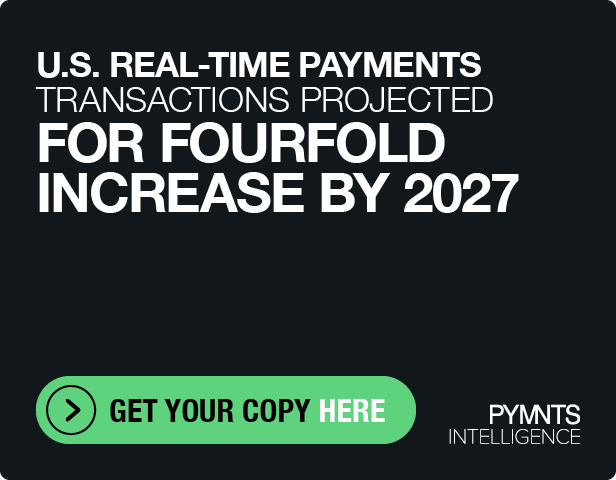What Music’s Past Tells Us About Payments’ Future
What do Lady Gaga and the payments industry have in common? You’d be surprised to find that the two actually have many similarities.
Music and payments are two drastically different industries, but they’ve both undergone massive changes thanks to the online world.
The digital wave of technology sent the music industry into high turbulence for several years, and many stakeholders suffered major losses. However, in February of this year, the global music industry experienced a watershed moment. For the first time in 14 years, the International Federation of the Phonographic Industry reported that recorded music had made a comeback to growth.
In parallel, the payments industry reached new breadths, as the inception of the Internet allowed for the free flow in consumer data. Payment data was no longer exclusive to banks’ computer networks. It navigated much more freely on devices such as smartphones and tablets.
A new white paper report released from Visa Europe, has uniquely equated the two seemingly different industries. The report attempts to highlight how payment leaders can embrace the future of its industry.
Join PYMNTS.com to understand how the framework of the music industry’s past has left clues on how to best prepare for the changing ecosystem that is payments.
Embracing The Change
If you can’t beat them, join them, right? The saying is universally applicable, even in payments. The music industry was crippled by illegal recording sites such as Napster, because they allowed consumers to download music for free. Instead of resisting the technological advancements, musicians embraced them. They learned how to maximize new channels and use them to create new customer interactions.
Think of Amazon and Apple and how these companies integrated services such as the “Genius Bar.” They catered to customers in new ways, and allowed them to access music on phones, from the cloud, at home or at work.
The payments industry has started to do the same with solutions such as the mobile point of sale. MPOS devices are replacing old card terminals, and serving customers in newer and faster ways. Moreover, payments can be completed in any location, at any time.
Merchants are also improving customer interactions. They no longer need to focus so much on the transaction, and are able to relax and engage in conversation to make customers feel welcome.
Payments stakeholders must also take advantage of the new access to consumer data to help create new strategies. Lady Gaga did this through a social networking site. She used data and analytics to help her understand who her target audiences were. Lady Gaga used this information to develop more appealing concerts and products.
Understanding The Customer Value
The music players were disrupted by one fear: why would customers pay for music when they could download the same product for free?
The answer: create a product that had more value than piracy.
Companies such as Live Nation had a good idea on how to enhance customer value. Live Nation realized customers wanted to prolong the experience as long as possible, and were willing to pay for after-show tickets in addition to concert tickets. Customers were more than willing to pay extra for exclusive interaction that went beyond average expectations.
In order to create a better product, it is integral to understand consumer needs and what they value. The payments industry can achieve this by focusing on the customer experience. Leaders and merchants need to ask: how can we automate the transaction?
They also need to think beyond the transaction and realize how they can extend the experience into something more valuable. For example, this can be done through reward and loyalty programs. Bundle payment services are important as well and can include convenient services such as mobile banking and other new channel features.
Creating New Partnerships
Last, but not least -partnerships have impacted both industries. The payments ecosystem continues to grow and competition becomes more aggressive. It is now clear that joining forces is the key to success.
The payments landscape is complex and businesses are constantly being pressured to sustain competitive advantages. What makes your service or product better than the next?
A good example of an emerging market is M-PESA. Financial services were traditionally facilitated through banks, but Safaricom changed the playing field. A mobile network operator was now helping African transfer money back home to family, and the success was overwhelming. The mobile money market is now embracing new entrants such as telecom companies.
Moreover, the digital revolution has afforded stakeholders improved methods of innovation and communication that will naturally pave the path for new partnerships. Each organization will be able to bring its own value and specialty to create an unprecedented product or service for consumers around the world.
The music industry has finally made a turn around after 14 long years. The payments industry is under new pressure to create revenue, but the tools to succeed are well within reach.
